“I didn’t want to make a biopic – I call it more of a portrait”: Laura Poitras on All the Beauty and the Bloodshed
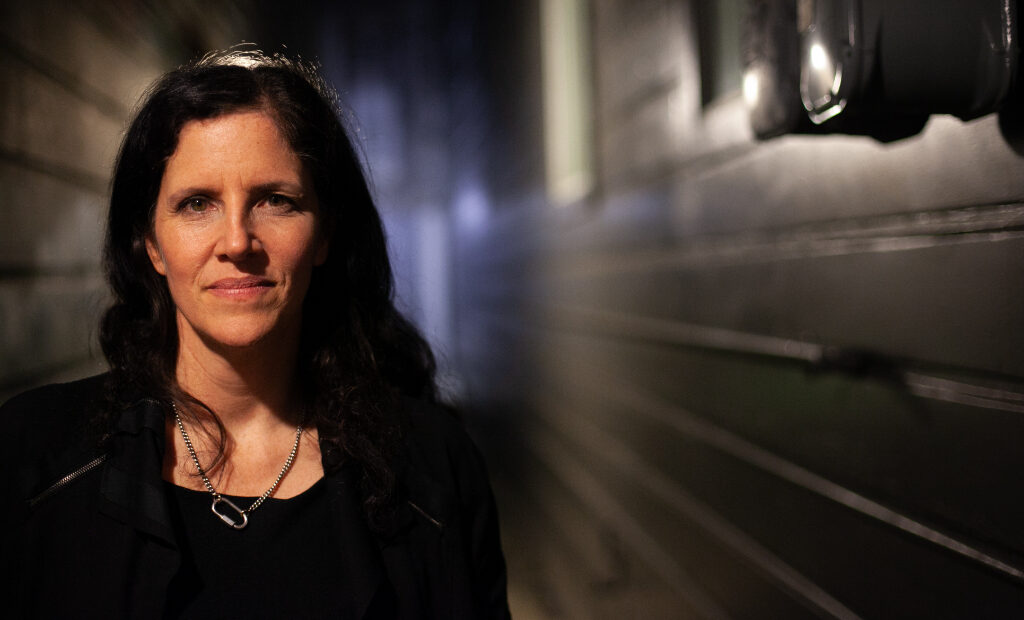
All the Beauty and the Bloodshed is a film almost impossible to describe on paper. The two-hour documentary follows photographer Nan Goldin and her organisation PAIN (Prescription Addiction Intervention Now) in their protests against the pharmaceutical company Purdue and the Sackler family, who created an entire nation’s opioid addiction to profit from. But Goldin’s courageous activism is only one part of this story: her life and her art tie the personal and the political together.
With this complex and compelling portrait, director Laura Poitras not only won the Golden Lion in Venice this past autumn; she also stands a good chance of receiving her second Academy Award for Best Documentary Feature Film after her 2014 success with Citizenfour. The day after the nominations were announced, The Upcoming spoke to the filmmaker via telephone.
Thank you for taking the time to speak to us! How are you?
I’m good, I’m good. I’m in Glasgow, I’m a bit jet-lagged, but it’s really lovely.
Great! Of course, first of all: congratulations on your Academy Award nomination!
Thank you, thank you. It’s really very, very special. Very moving.
It’s not only a well-deserved recognition of your hard work, but I imagine the awards and nominations increase the visibility of your films? You always tackle these important subjects, so one wishes for a great number of people to actually go and see them, to learn about these things.
Absolutely. I mean, it really helps. With every film I’ve done, to have more people see it, it really matters. And then the other films that are nominated are also so important in terms of what they’re about. So it’s really – it’s very exciting to be able to reach a wider audience this way.
I was wondering if this type of presence is also a safety net for you personally, because you made some pretty powerful enemies with your past films?
Yeah. I think on Citizenfour, it definitely helped: the recognition made me feel safer. I definitely made powerful enemies and having international recognition provided a level of protection for sure. For this one, luckily I’m not feeling the same kind of threats personally.
I’m glad. So to get into All the Beauty and the Bloodshed, I read that you were approached by Nan Goldin and not the other way around?
Nan started the film, she filmed some of the most important actions and then she told me that she was looking for outside producers and that’s how I got involved.
So how did you tackle it? Did you see it as a Nan Goldin project or did you immediately think about how to add your personal touch to this as a filmmaker?
I mean, when she told me that she was documenting, I was really excited because I’d already been obsessed with the actions that she was doing. I was following it closely and immediately I felt that the kind of real-time aspect of it, Nan taking on this sort of very powerful family, had some echoes to my previous films: individuals who are confronting power and taking action, Julian Assange and Edward Snowden… But it was also different, because she’s an artist and I knew it was going to be more collaborative. And that was exciting to me, to have that kind of collaboration with such a great artist and to sort of join forces in a way. So I was excited by that possibility. And at first, I definitely knew it would follow the confrontation with the Sacklers in the museums and the activism. I knew there would be a parallel thread connecting to the AIDS crisis in the US early on. Then the other pieces came somewhat organically in the filming. Once I did the first interview with her, I was really so moved. I mean, there’s something about the quality of her voice, not just the eloquence and the way she speaks, but there’s a kind of honesty even in the sound of it and the poise. There was something about it that felt really alive and present. So that made me really confident in terms of being able to juxtapose the photographs with her voice. And with the editing team, we sort of looked at it like – I didn’t want to make a biopic, that was one thing. I was like, I don’t want a traditional biopic, it’s gonna be selective. I call it more of a portrait than a biography. So we know it would be organised around themes and that there would hopefully be a societal critique, Nan’s story that paints a societal critique. Those were the kind of ambitions early on. And then, things happened gradually.
Did you start editing after this first interview already? Or did you set out to collect the material and have it come together at a later stage?
Yeah, because Nan had started filming before I joined, we of course wanted to understand the footage and what was there. So there was editing early on and during the interview. It was kind of coinciding: the editing, the shooting and the interviews. I shared it with the editing team and then Joe Bini, who was one of the most important editors, he really came up with some of these themes looking at the footage. I mean, the difficult thing is to sort of make all of these things interweave in a way that feels somewhat organic because there were a lot of different threads.
At what stage was the protest movement when you joined in? Had some changes been accomplished, was everyone still hopeful?
It was kind of in the middle. There was still a lot of tension and there was also starting to be a bit of backlash when I started. So it was really unclear what would happen if the museums would take down the name. Soon after I started was when the private investigator was seen in front of Megan’s house and followed her walking her dog and outside Nan’s. There were definitely signs, it was clear that they were having an impact because “here comes the backlash”.
You also mentioned some of your previous subjects earlier, Julian Assange and Edward Snowden: I was curious whether it made a difference for you to work with a female protagonist for this project?
I appreciate that question. I mean, I don’t want to be an essentialist about things. My first film Flag Wars had a female protagonist, so it’s not like I only make films about men. But Nan’s work has so much emotional depth. Of course, she is an artist, but something that I feel is one of the things that’s unique about this collaboration is the kind of emotional depths and her bravery, quite honestly. The bravery in the kind of political sense, that’s obvious, but her emotional bravery, I think is rare. She shows that in her work as well: she’s incredibly brave.
Absolutely! Thank you.
Selina Sondermann
Image: Jan Stürmann
All the Beauty and the Bloodshed is released in select cinemas on 27th January 2023. Read our five-star review here.
Watch the trailer for All the Beauty and the Bloodshed here:

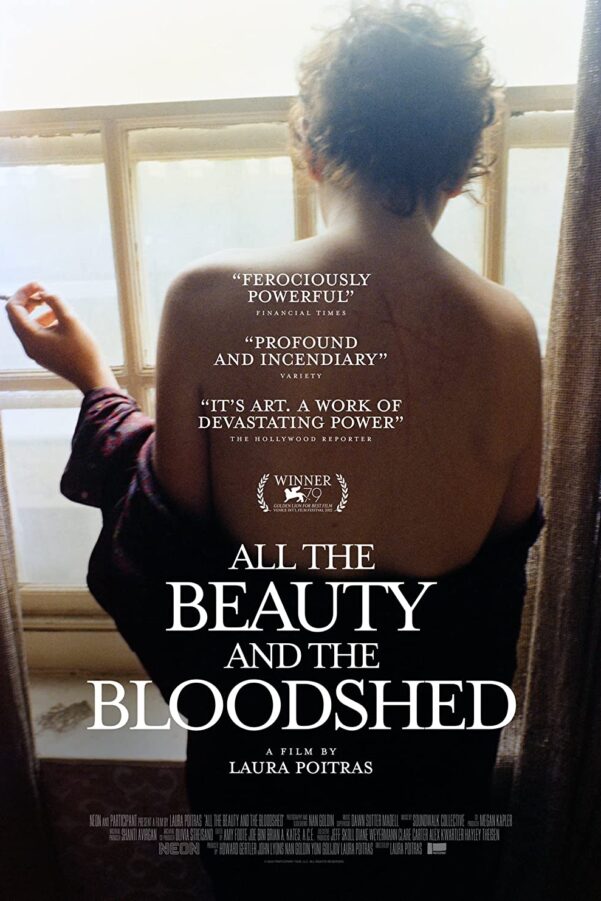
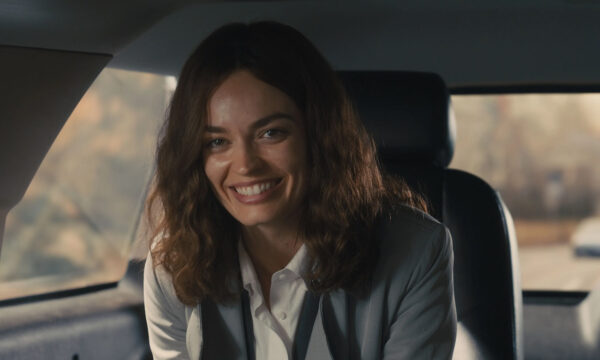
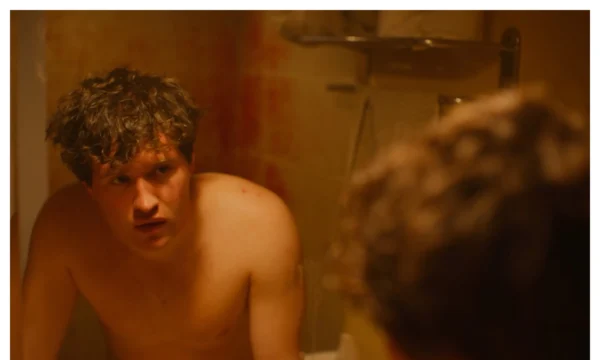

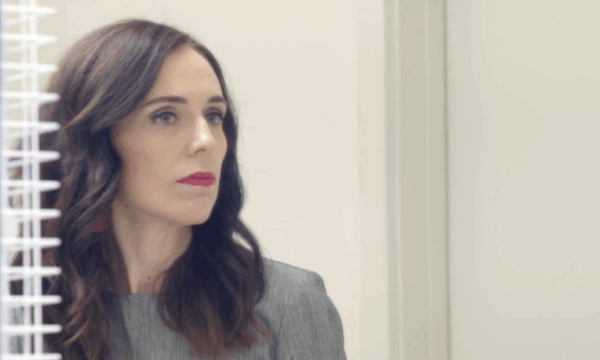
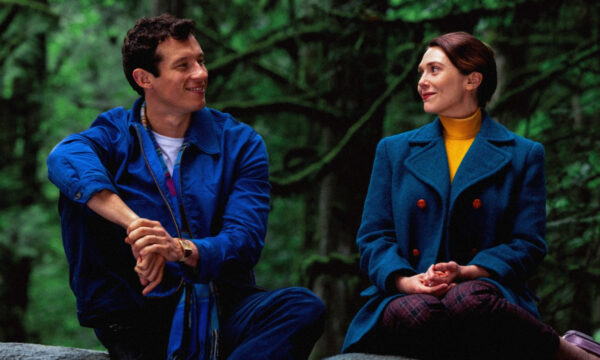
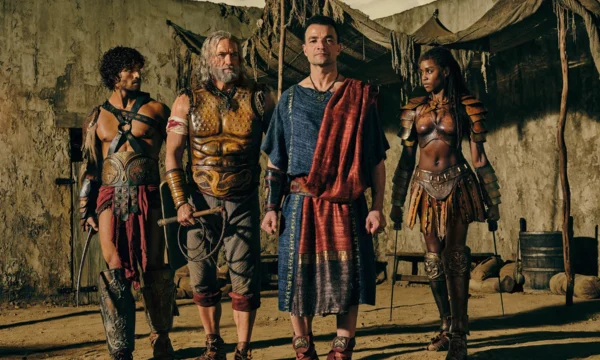
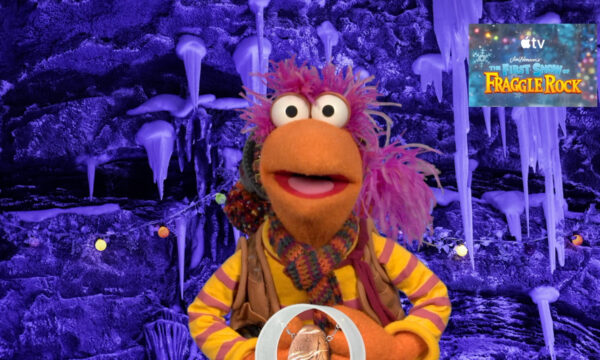
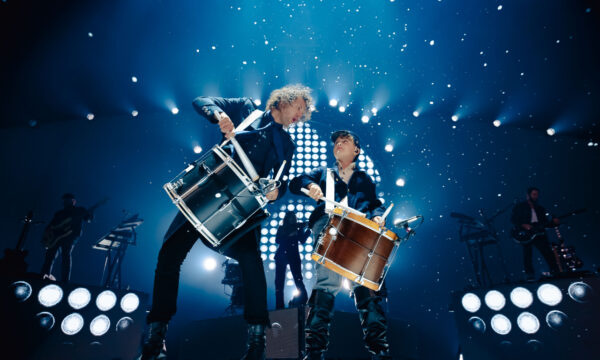
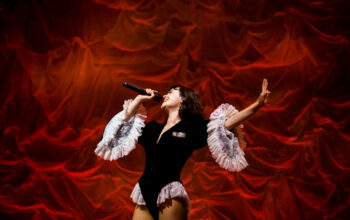
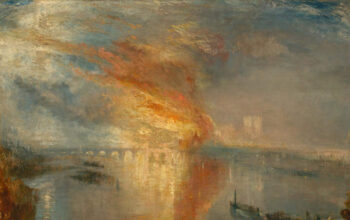
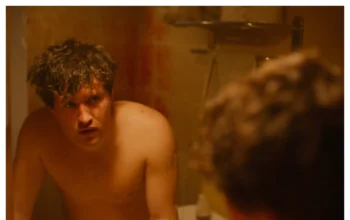
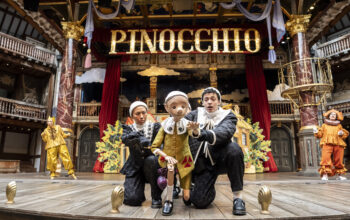

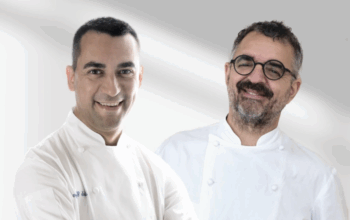
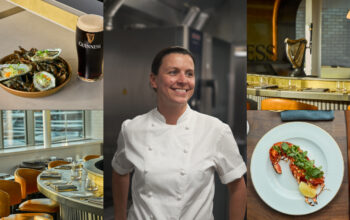

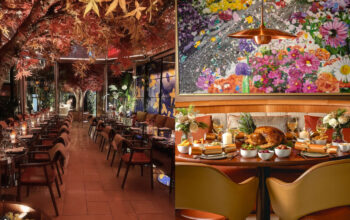
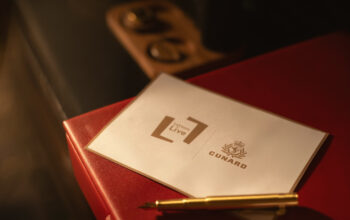

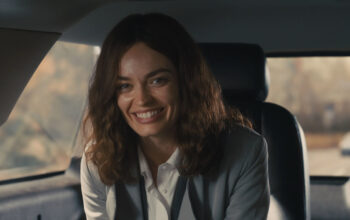

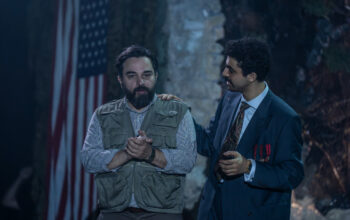
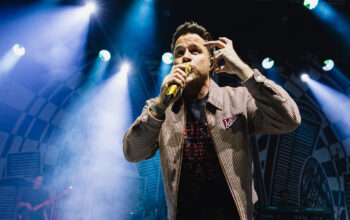
Facebook
Twitter
Instagram
YouTube
RSS